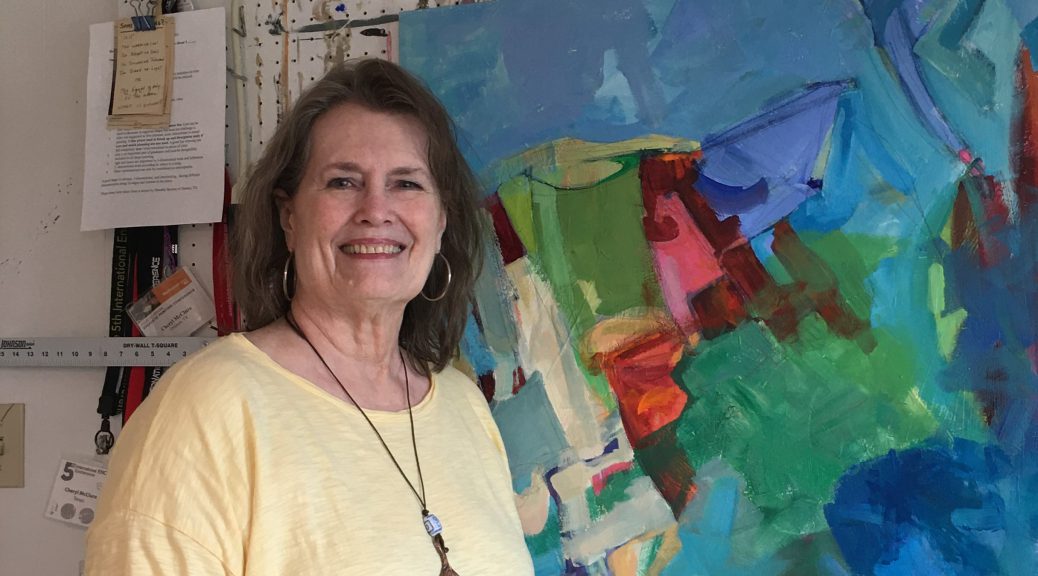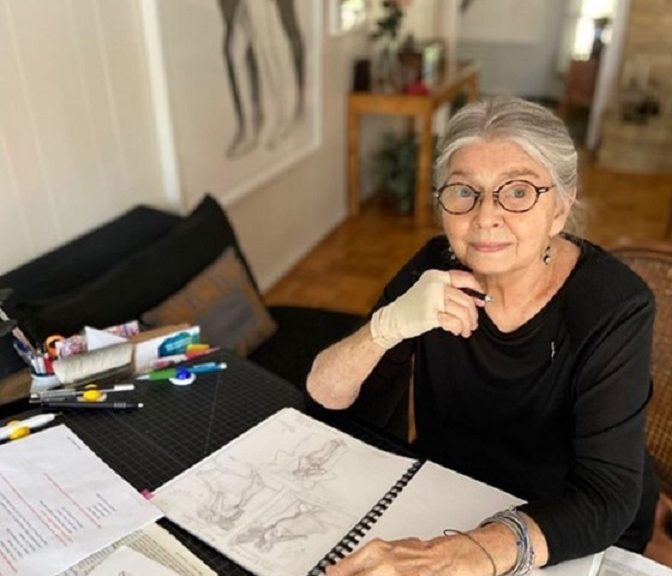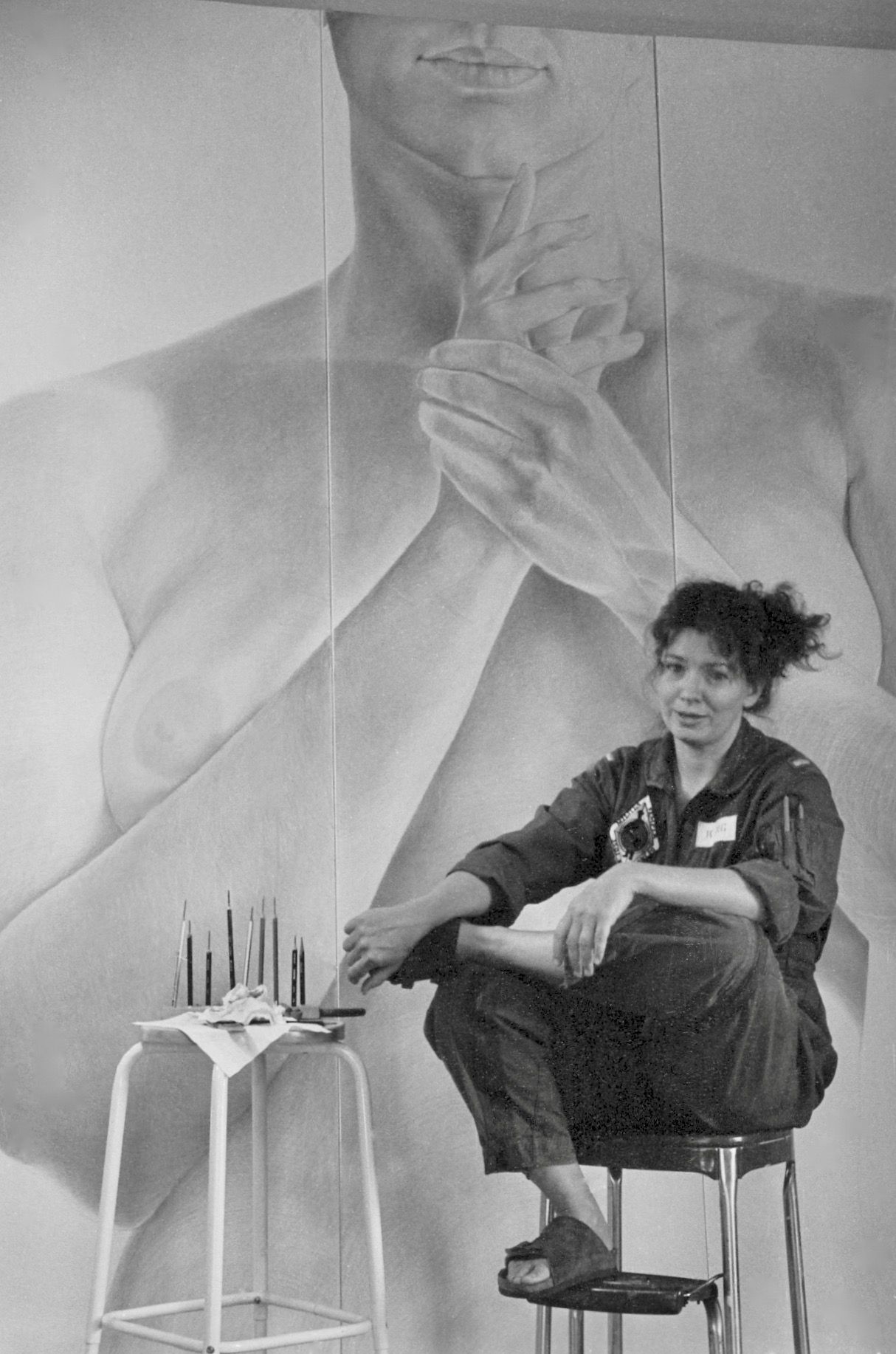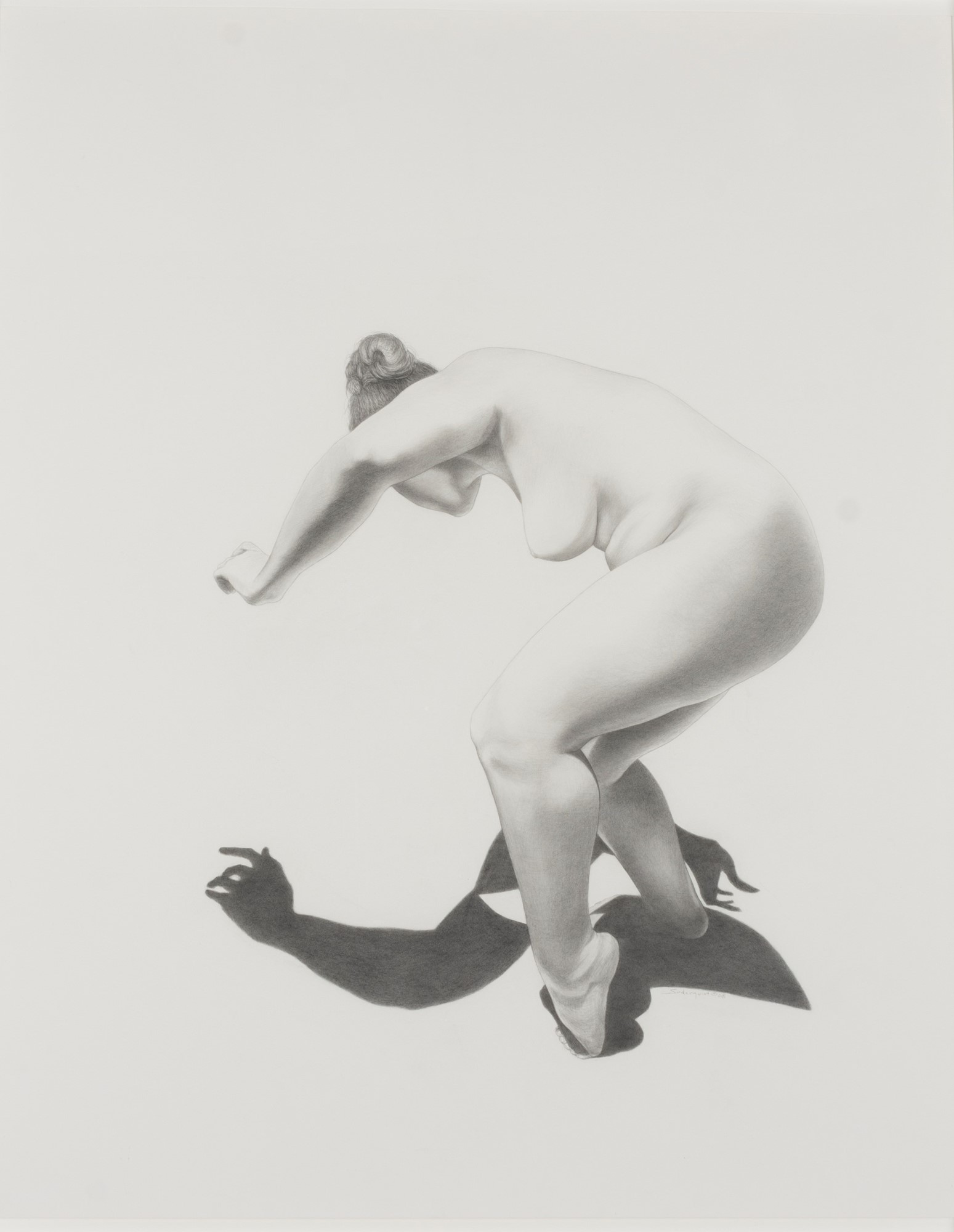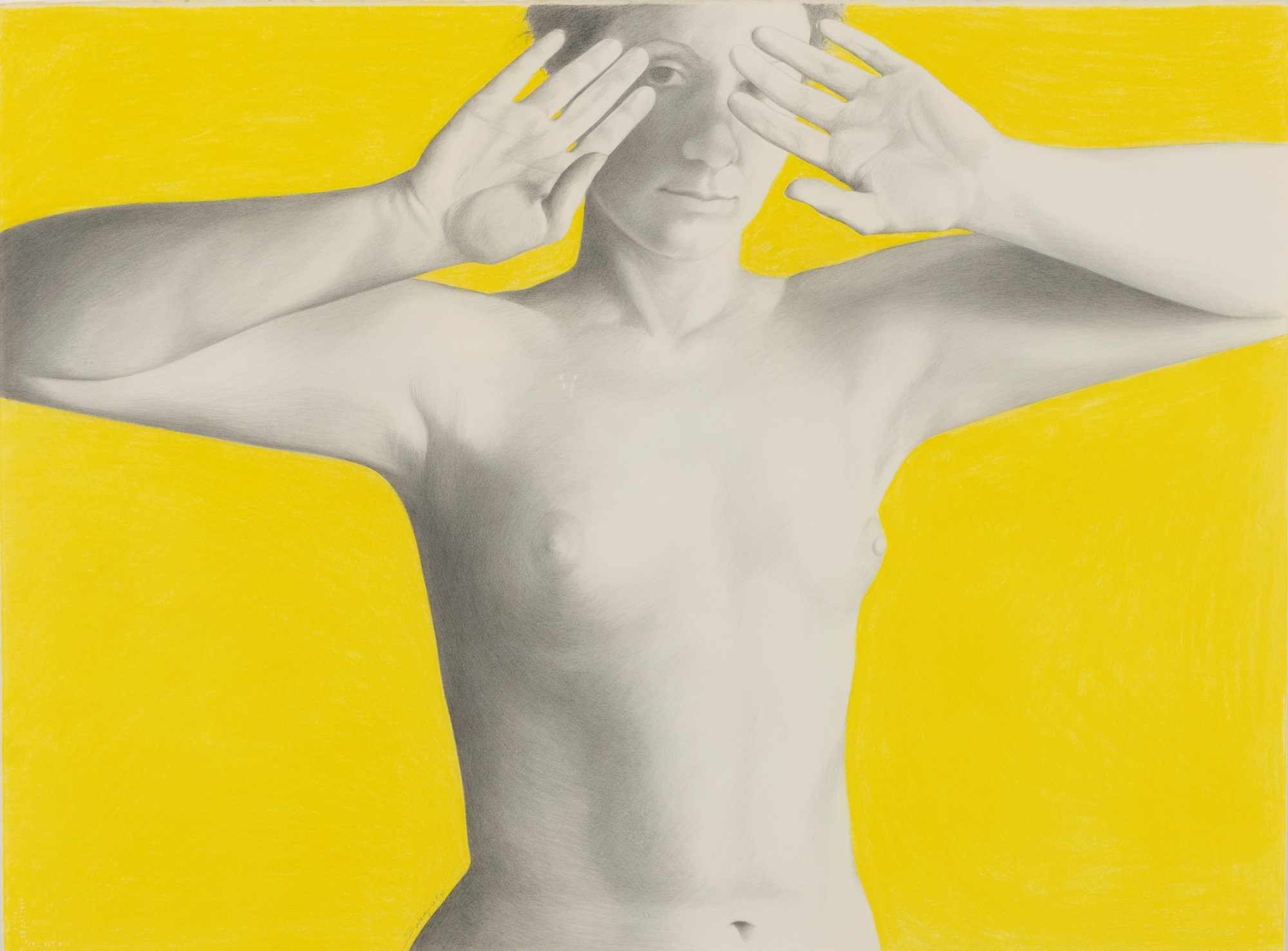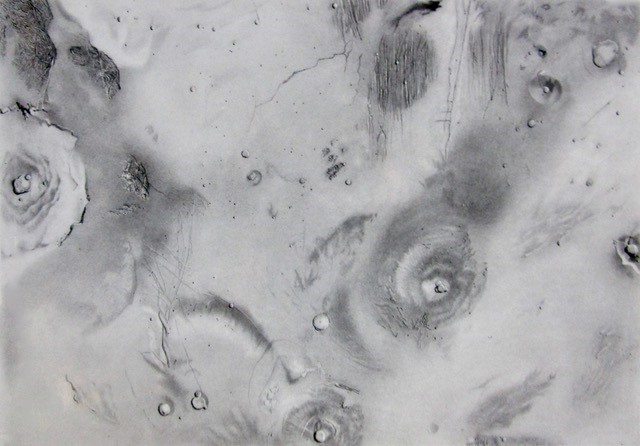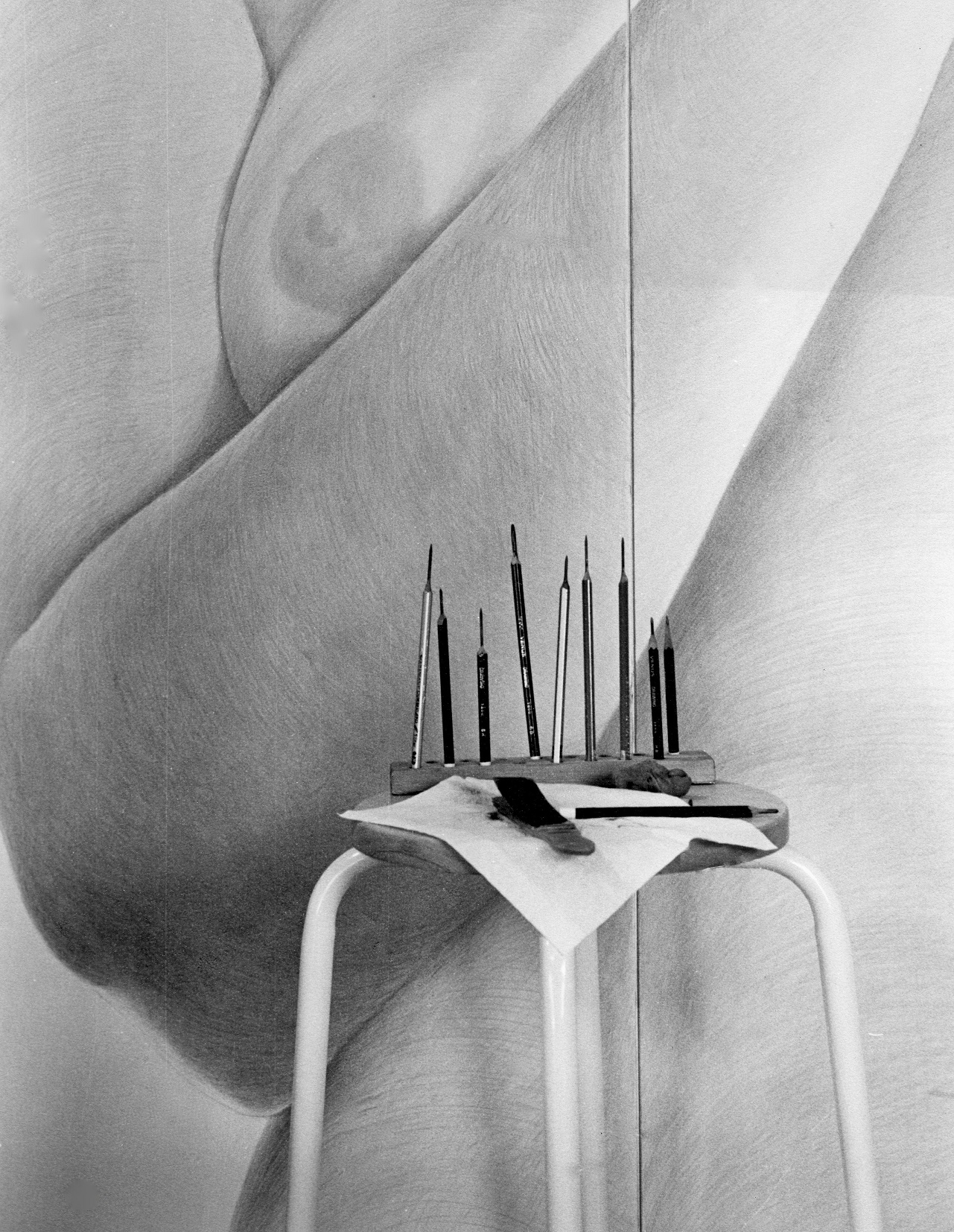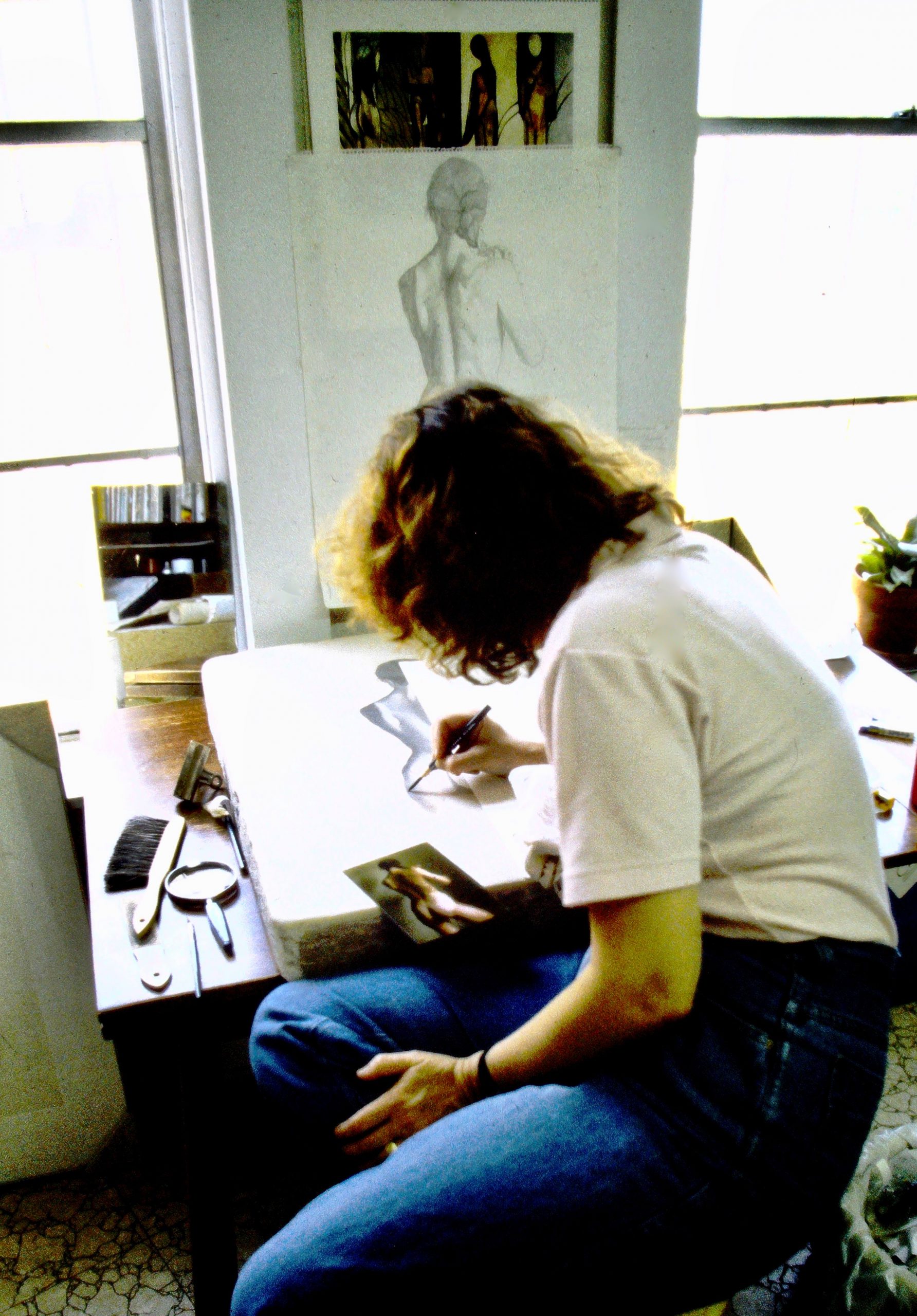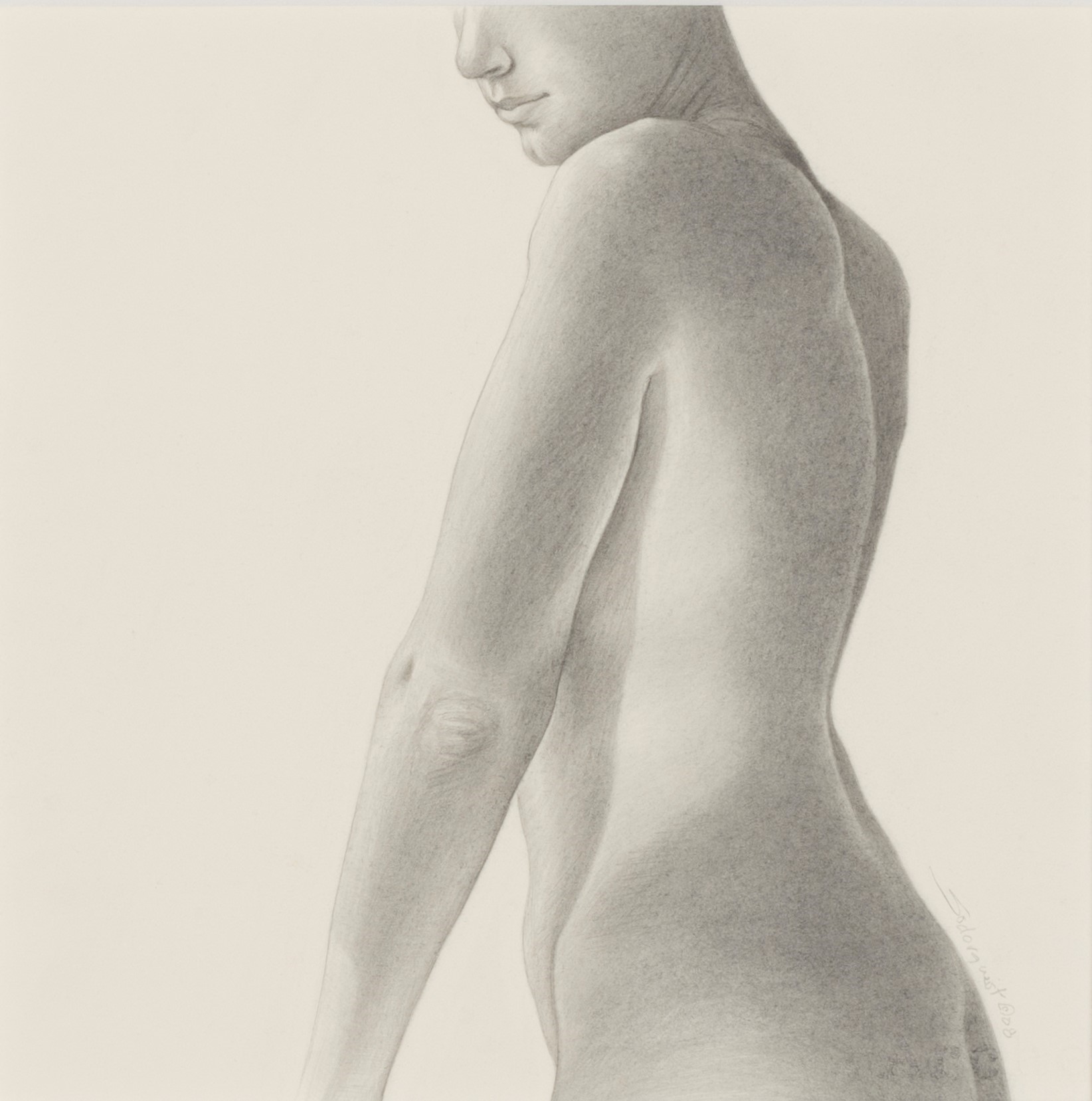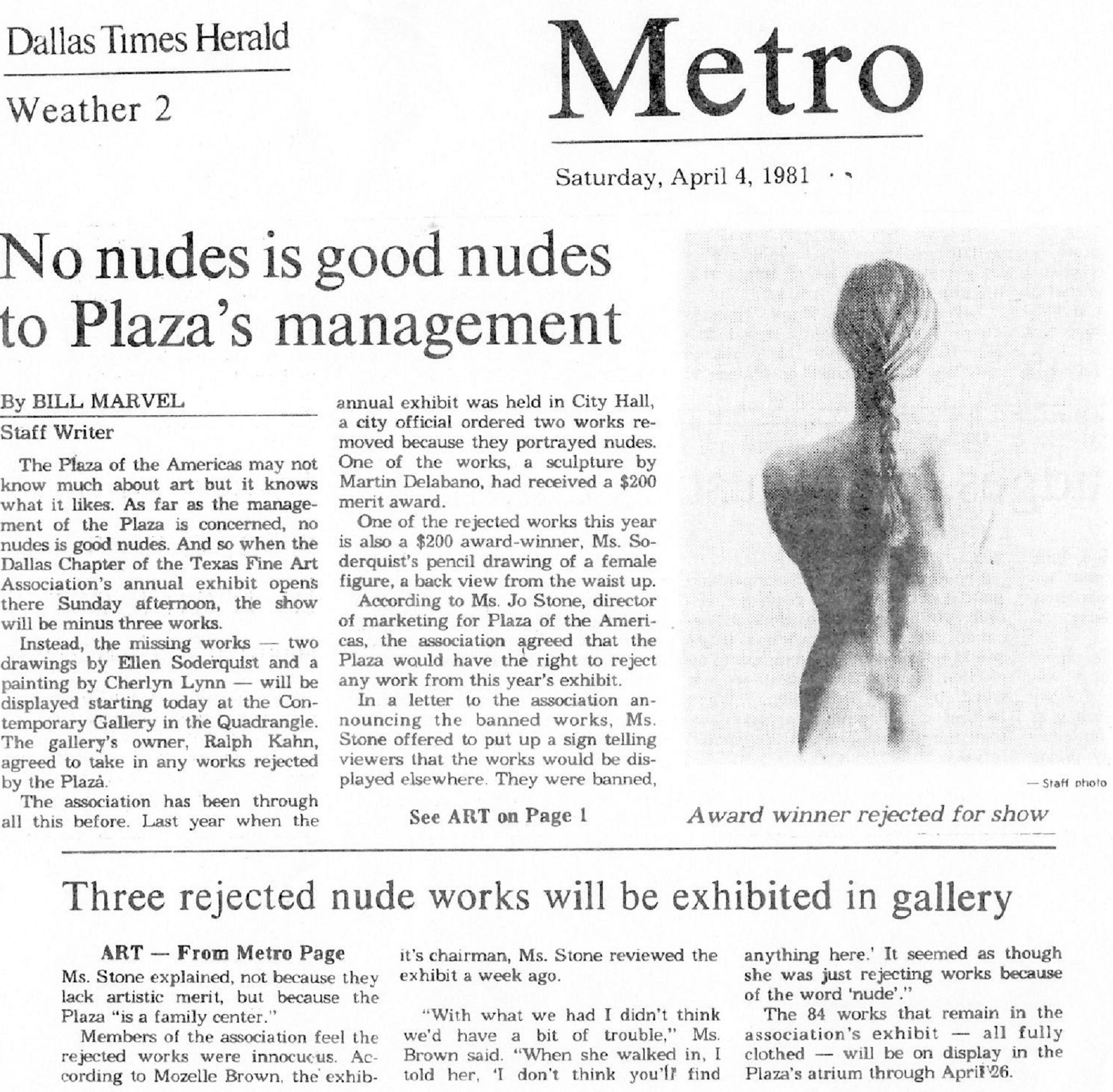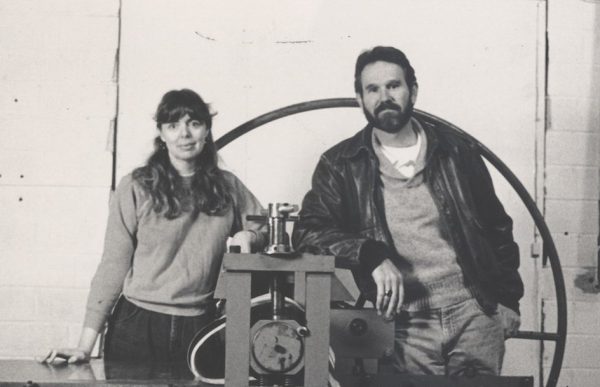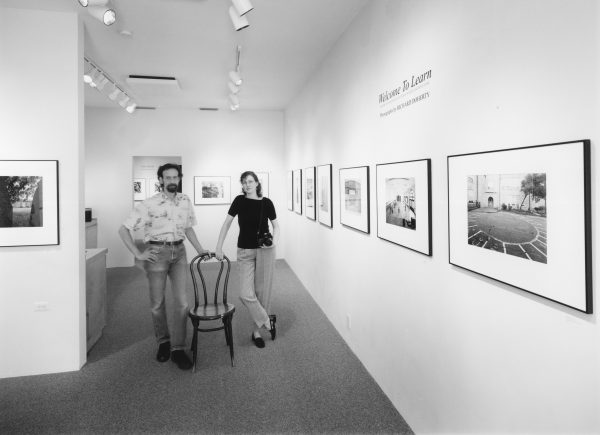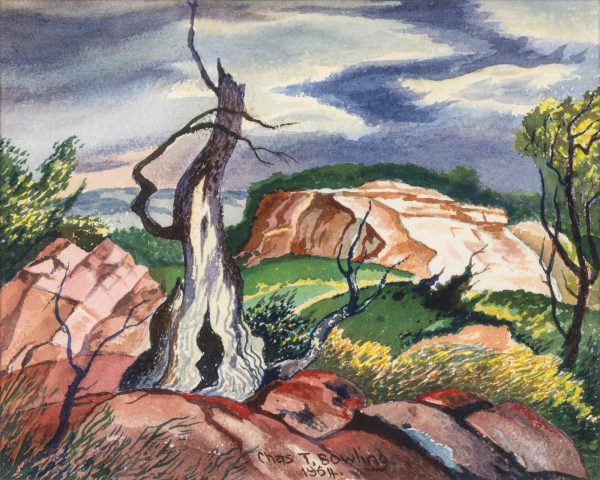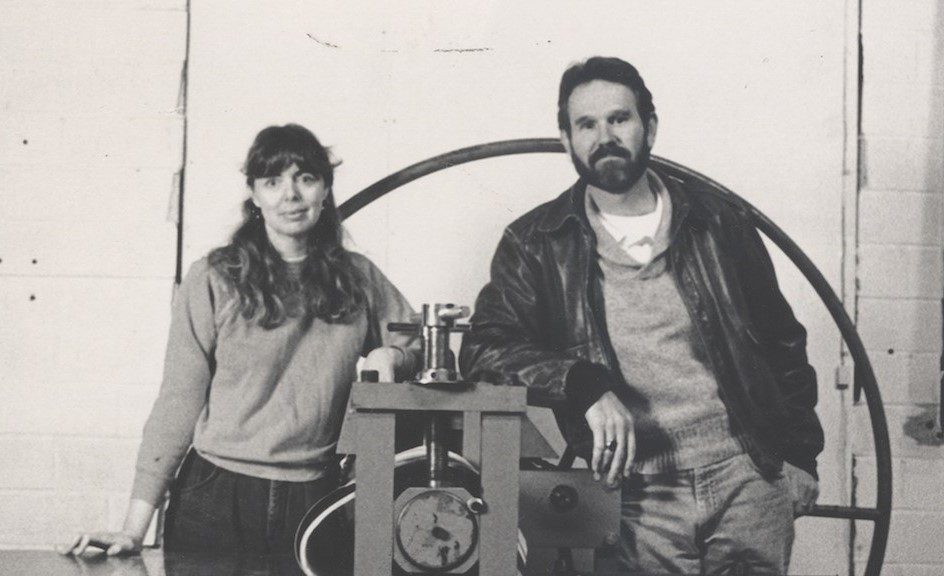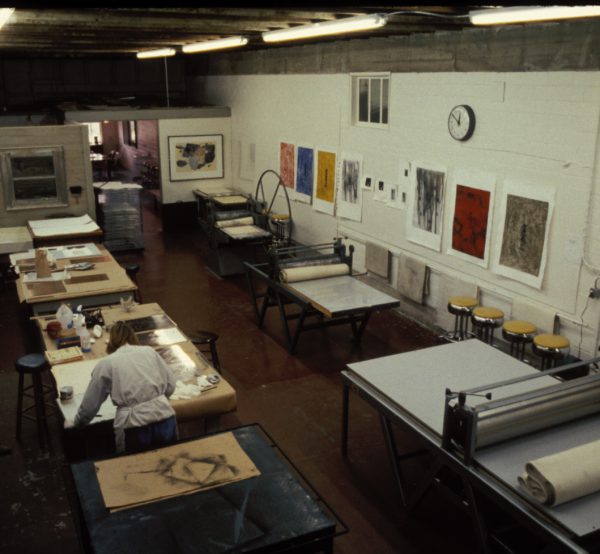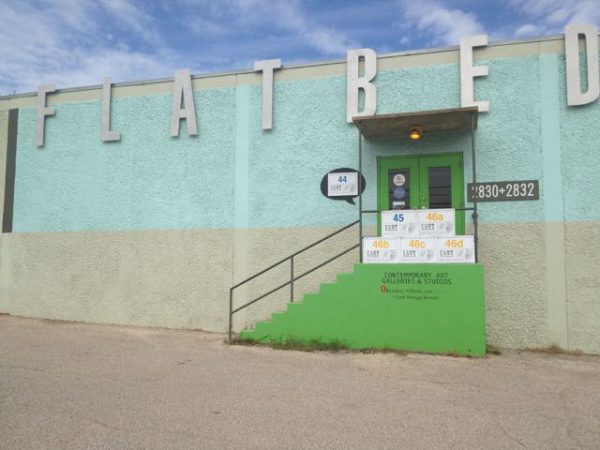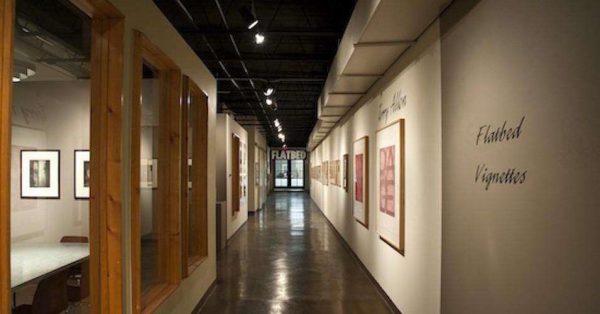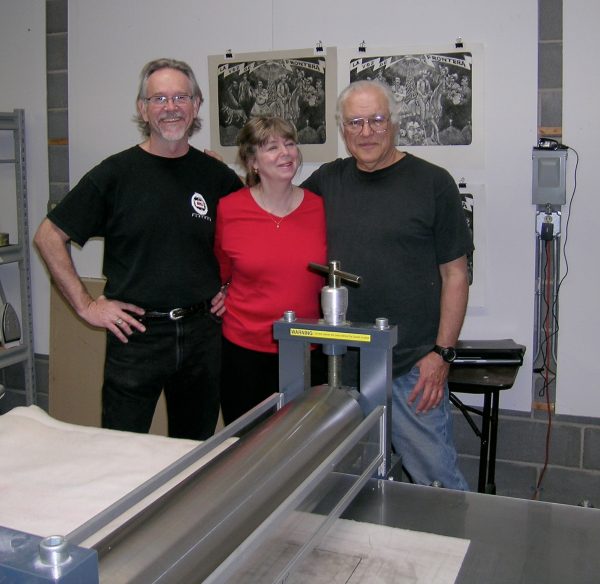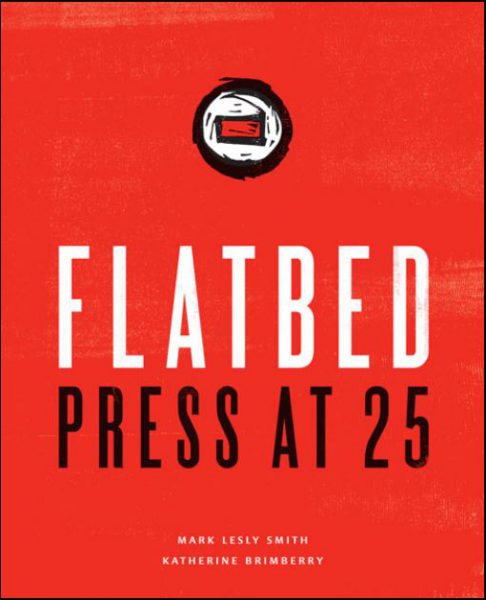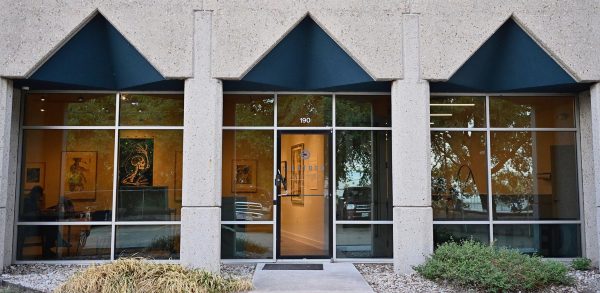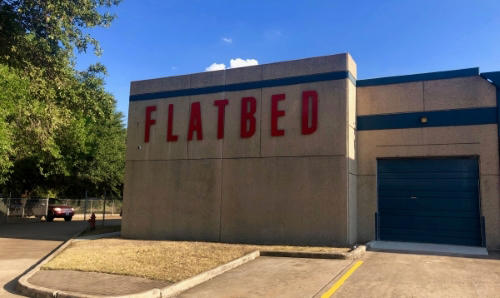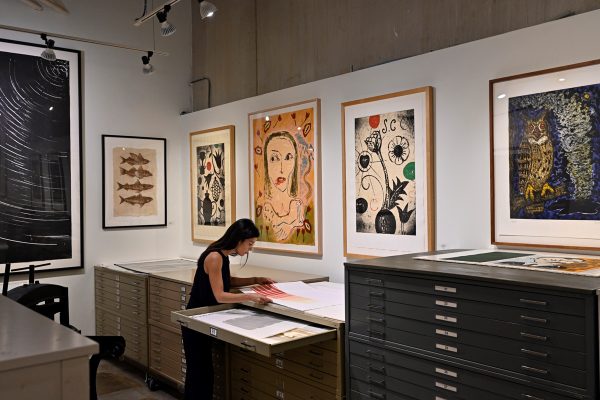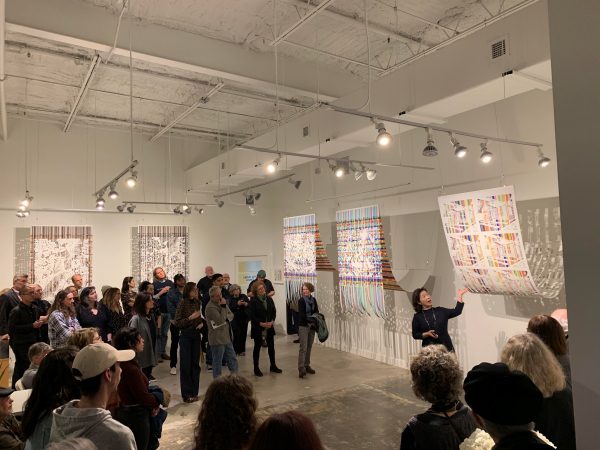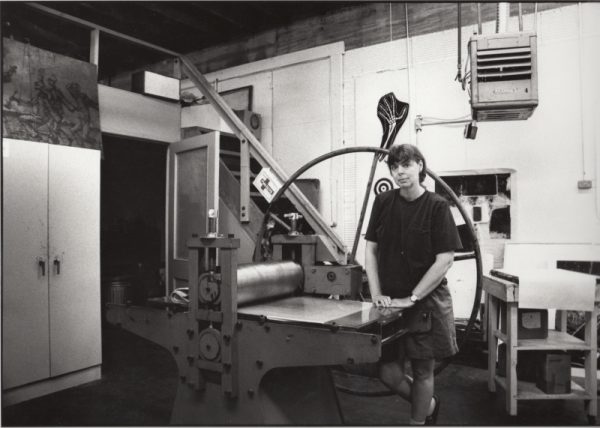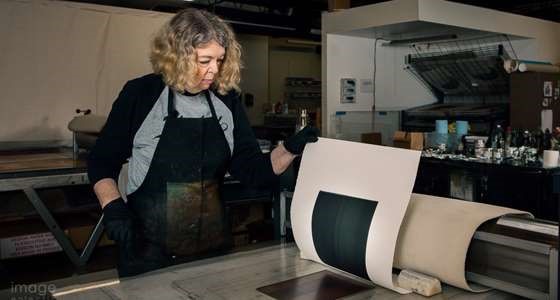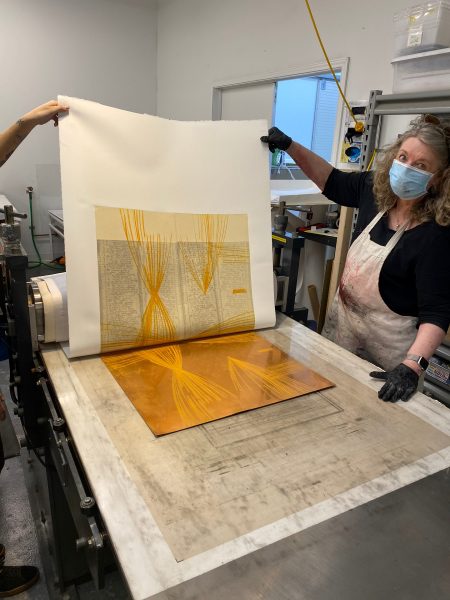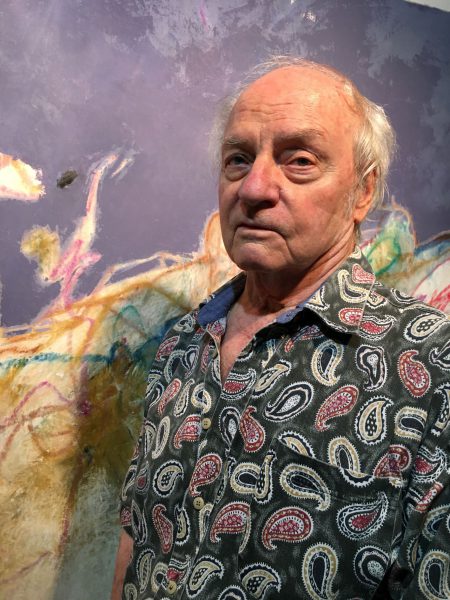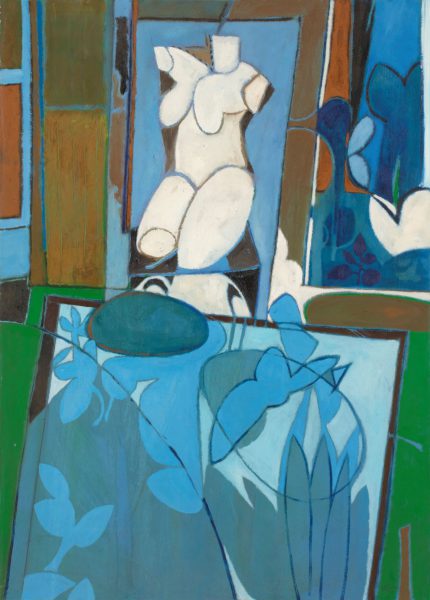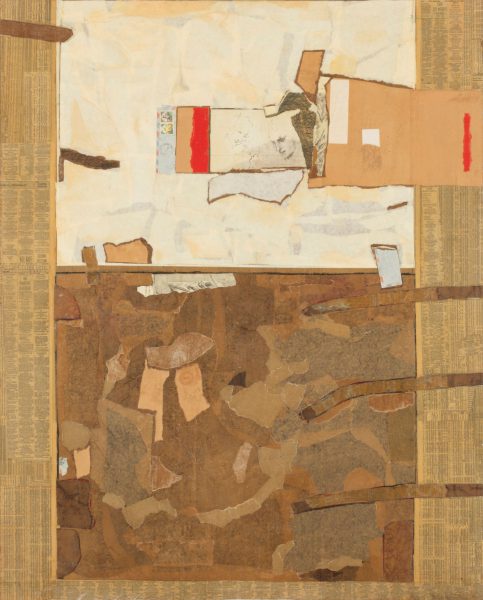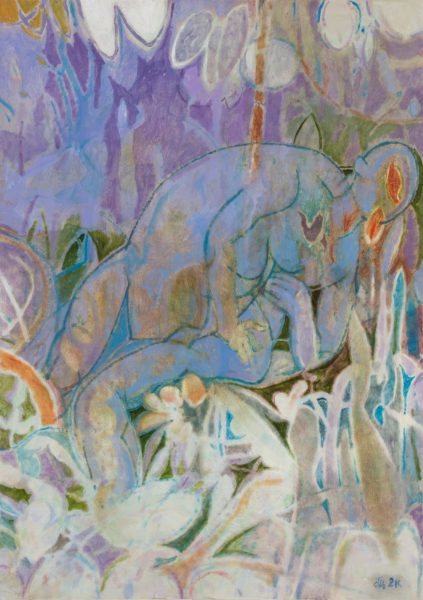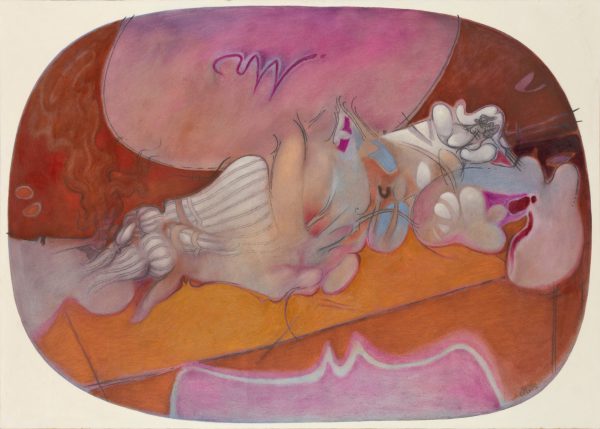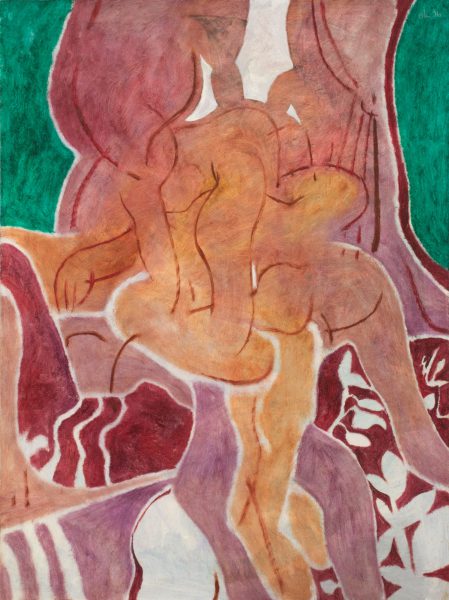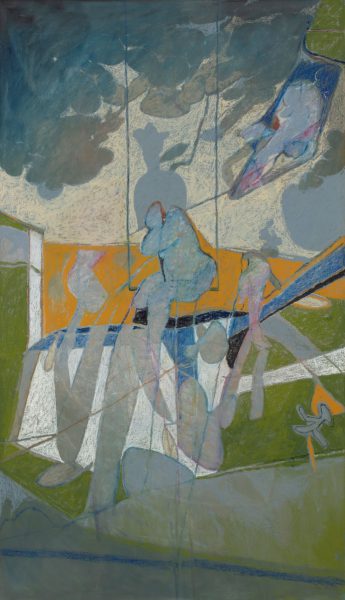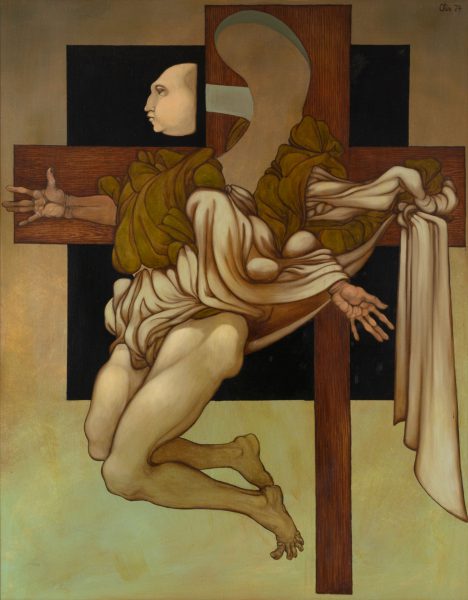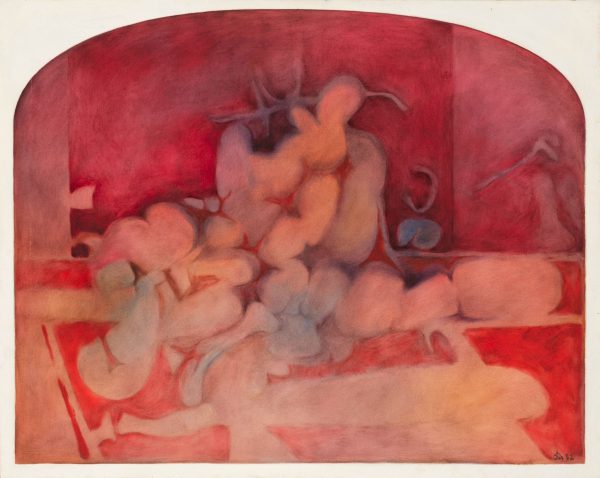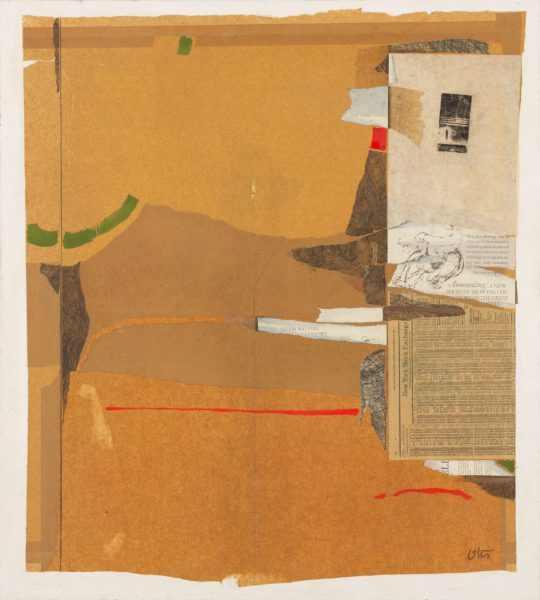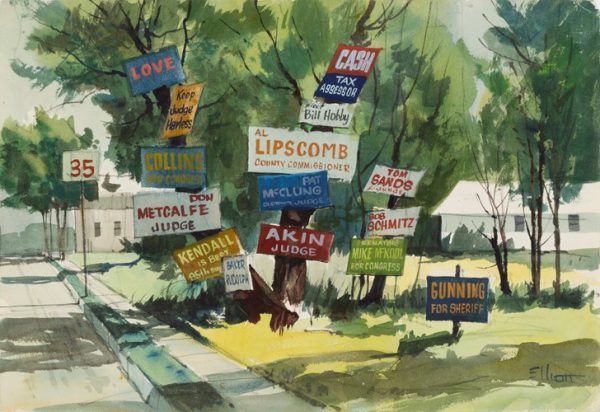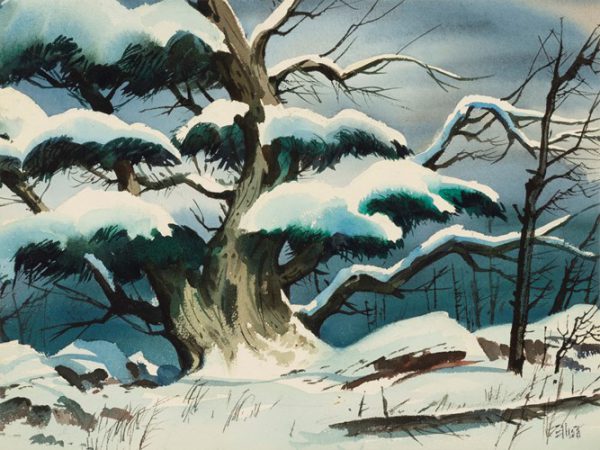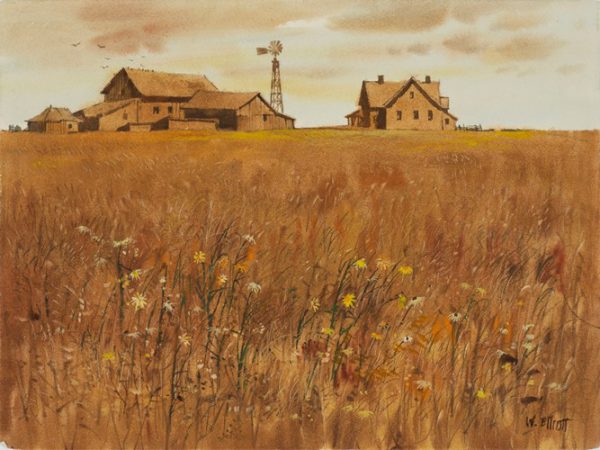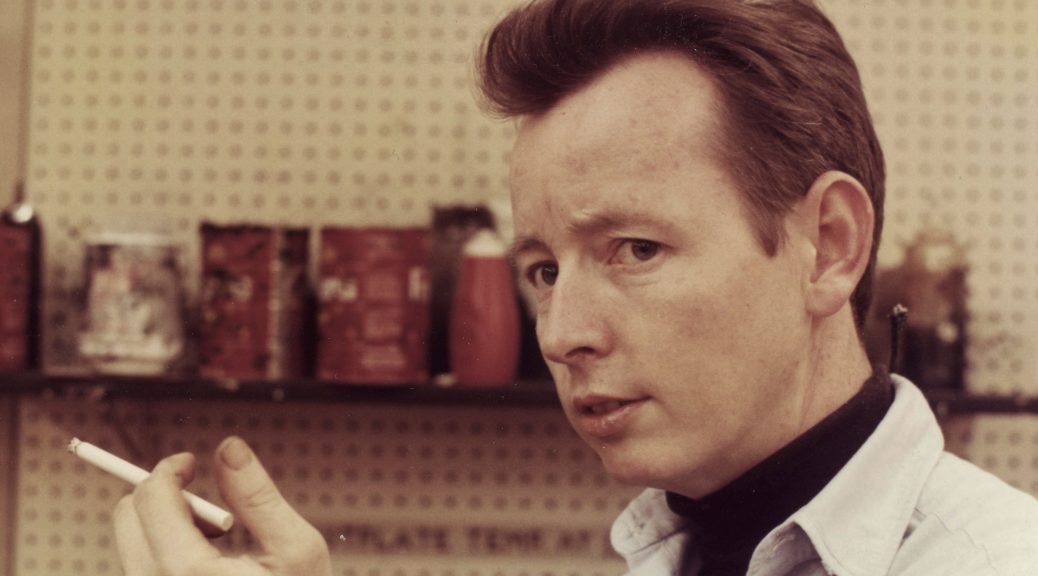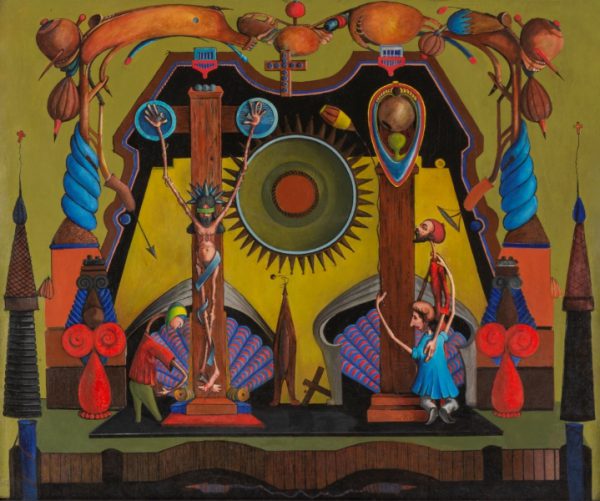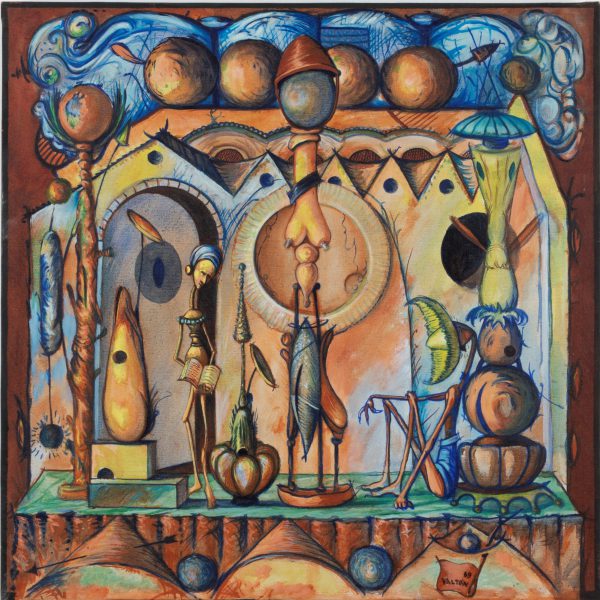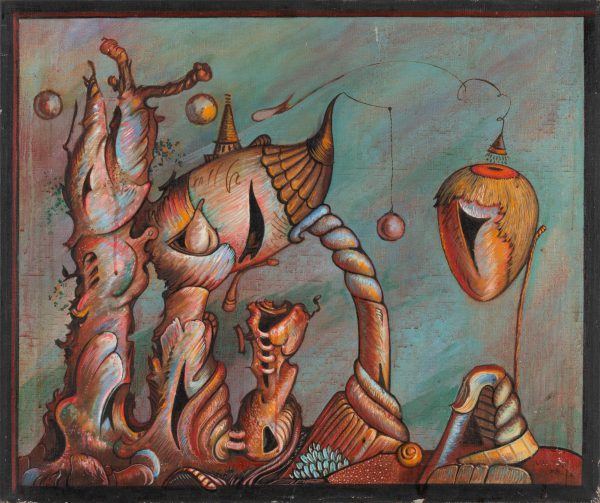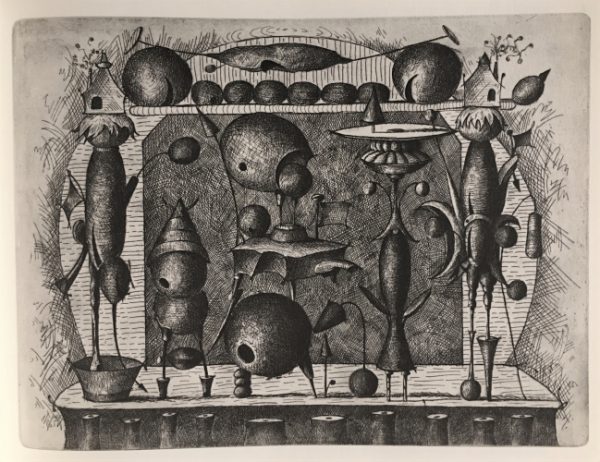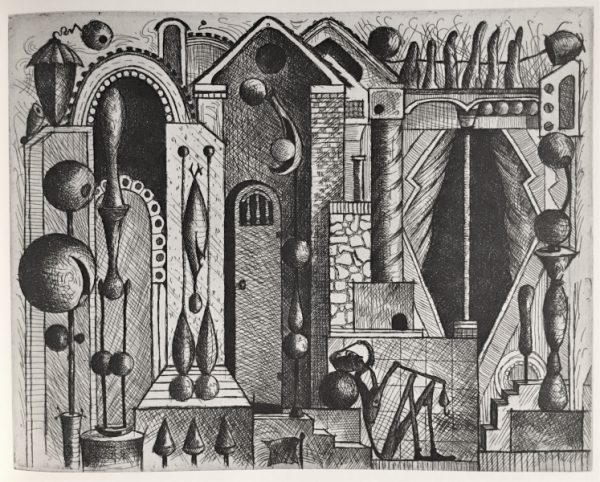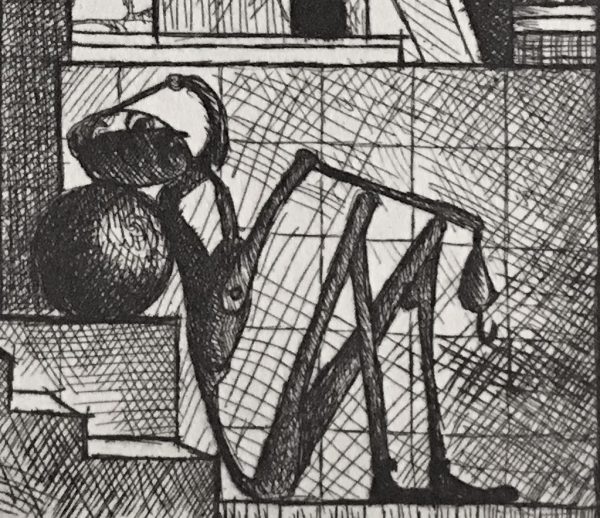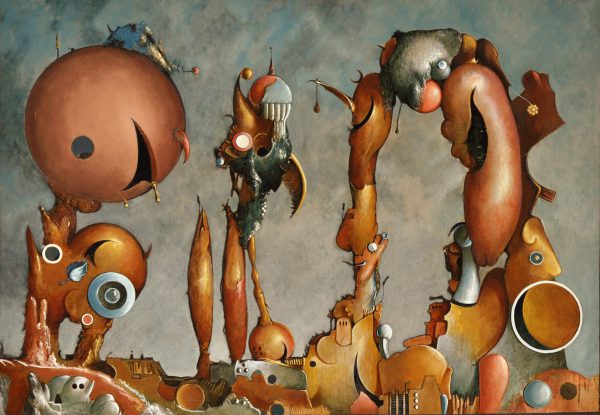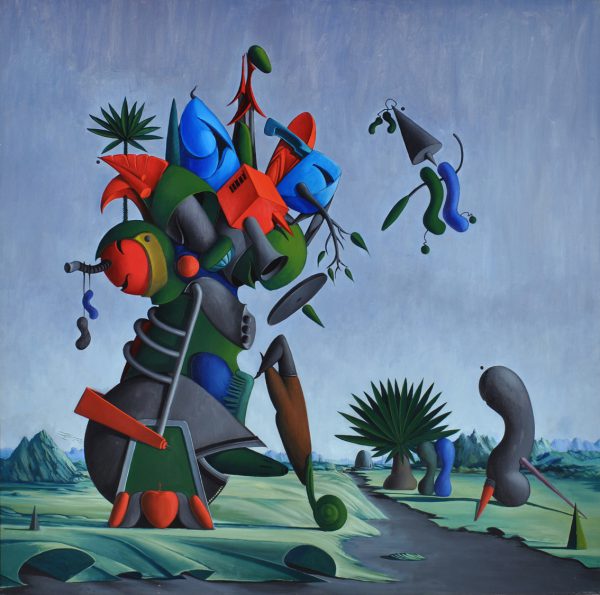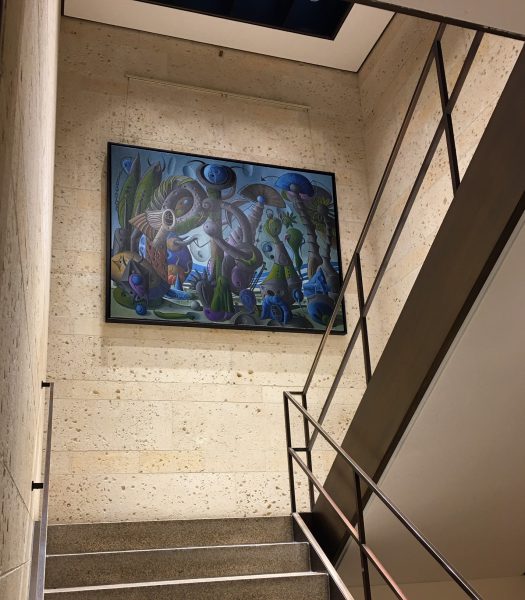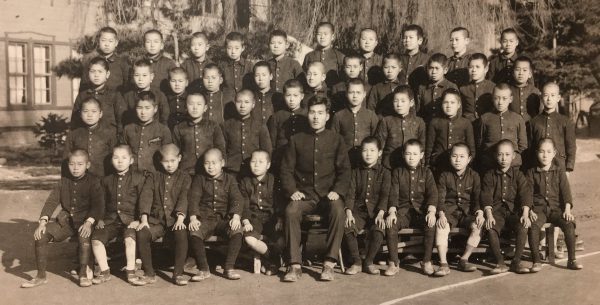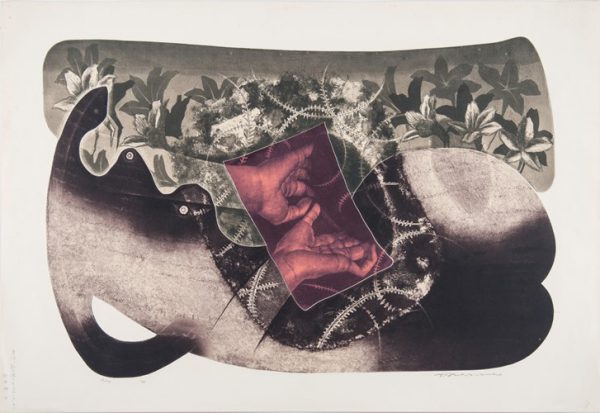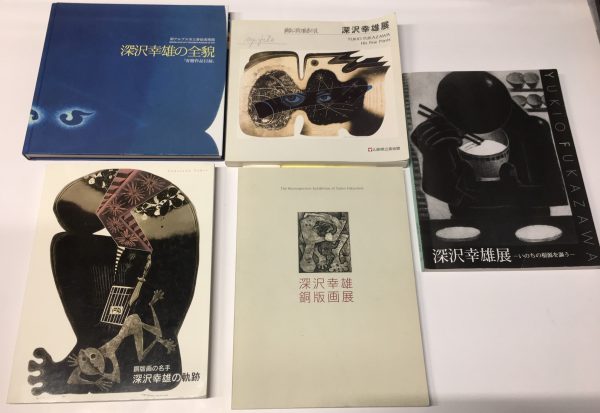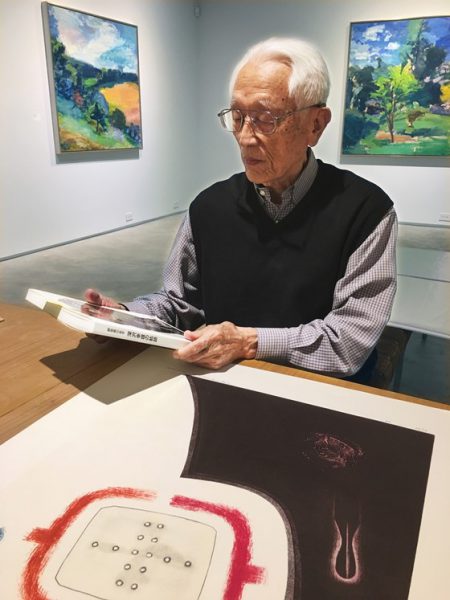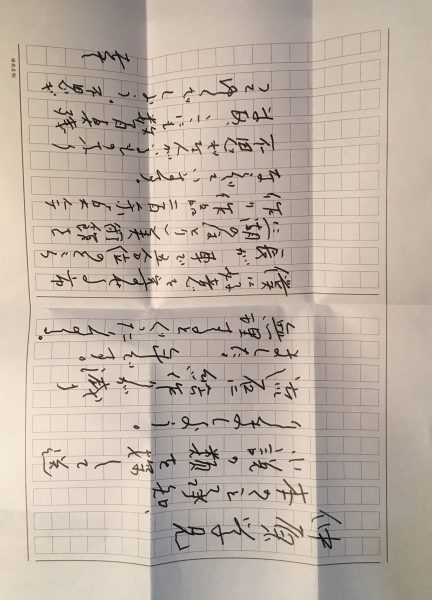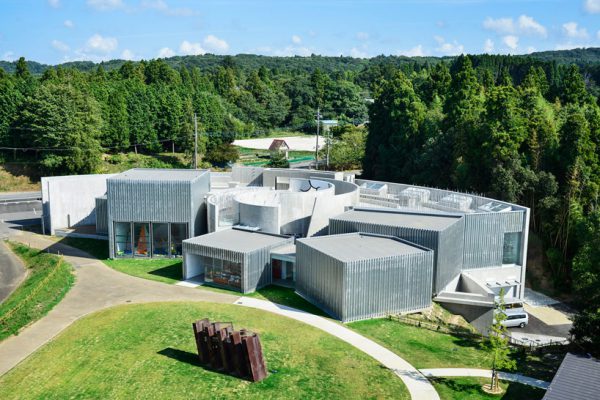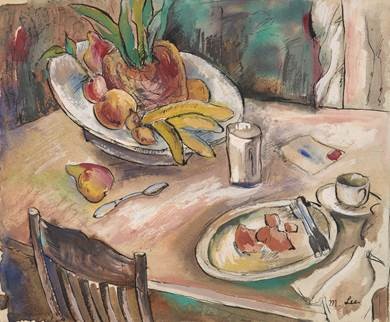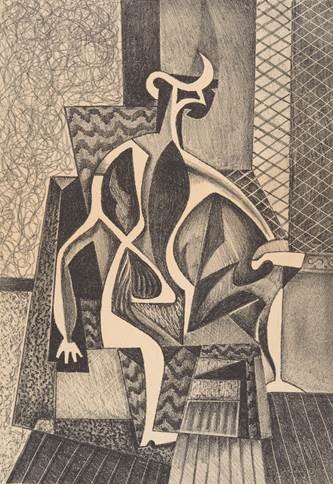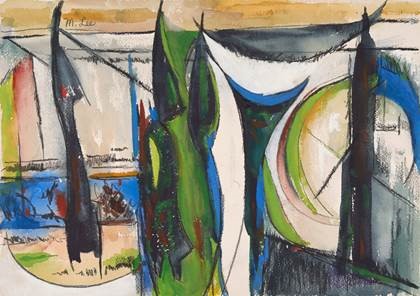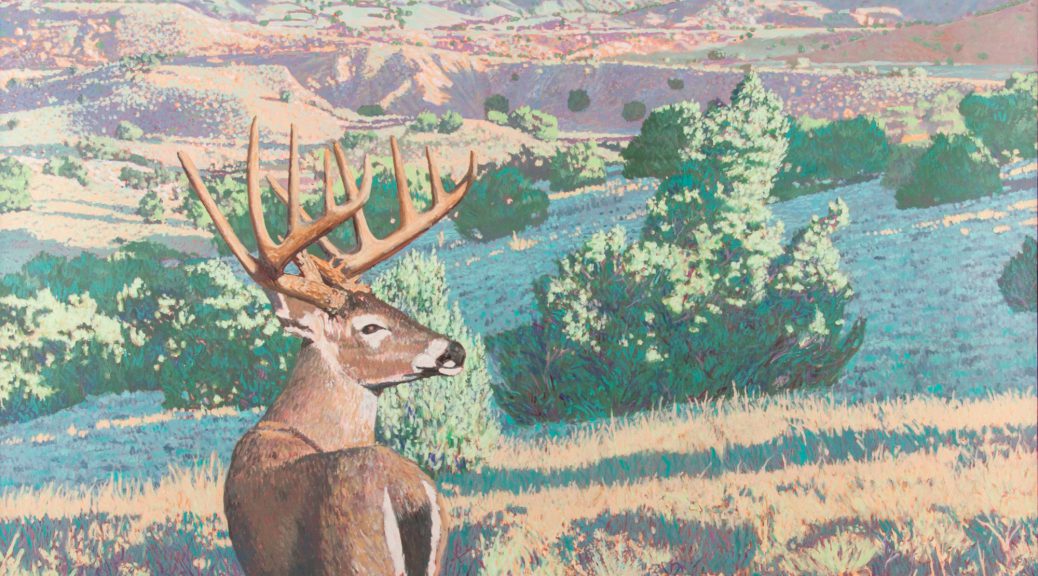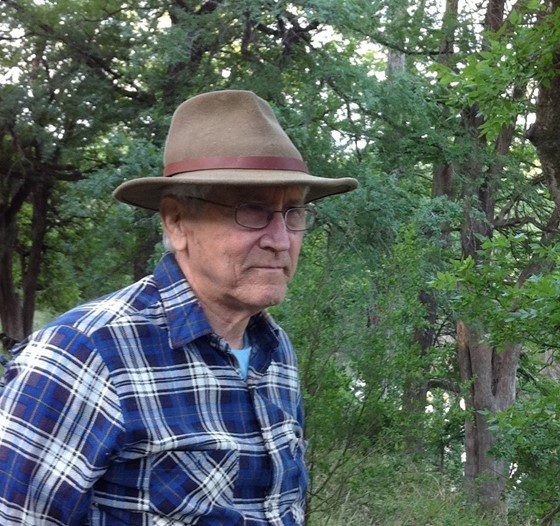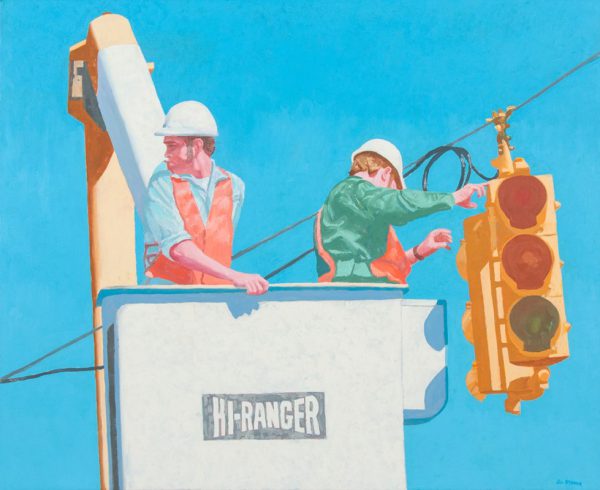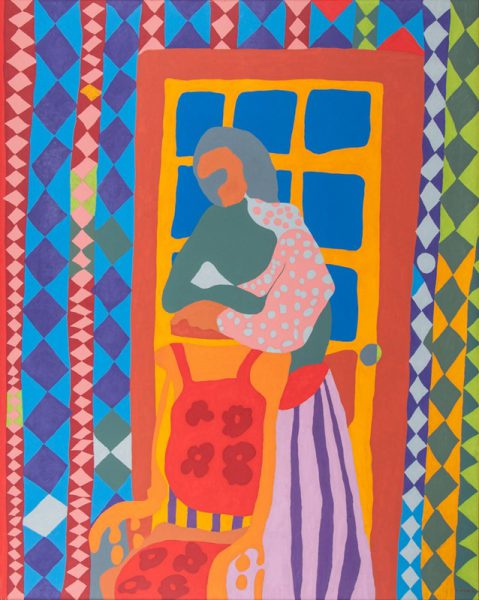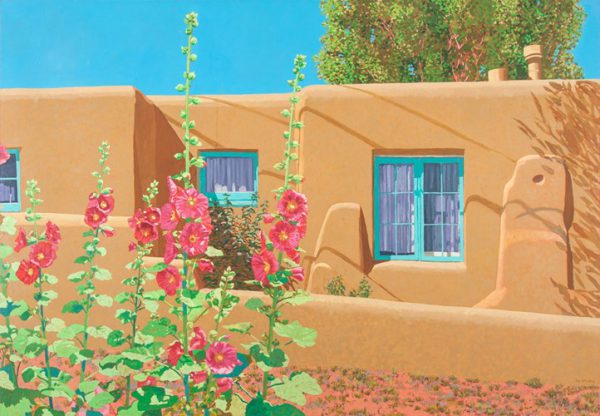Cheryl McClure has always enjoyed the advantages abstract painting allows. Instead of being bound by the confines plein air landscape painting imposes, she is much happier letting the memory and feel of a place inform the direction her abstract paintings ultimately take. She is interested in the formal elements of surface, color relationships, and the design aspects of a painted surface rather than just rendering her version of reality. By following this path, Cheryl has truly found freedom through abstraction.
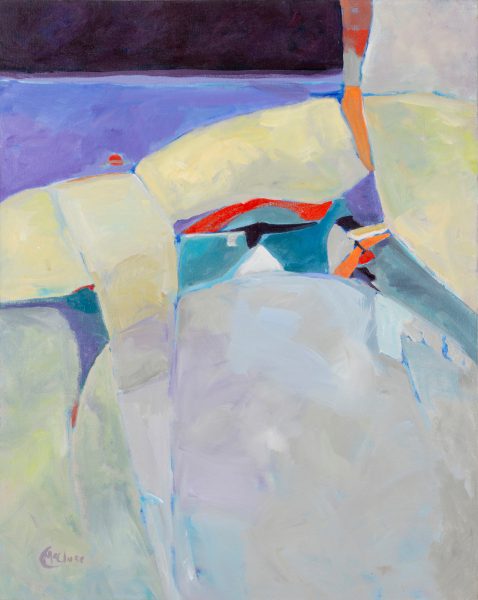
Beginnings:
In 1945, Cheryl D. McClure was born in the small town of Hugo, Oklahoma, located just across the Red River from Paris, Texas. As opposed to many children who become artists, she did not spend all her spare time drawing or even showing much interest in art as a young child. However, when art did start to interest her, she remembered that from a very early age, she was oddly more interested in the shapes and colors that formed the subject of an artwork, than the actual subject itself.
At the age of 8, she decided that she would like to try her hand at painting, so her father signed her up for the only art class in town. He bought her the required artist materials, and she joined the class. To her utter disappointment, she discovered that the only painting taught in this class was how to paint my number.
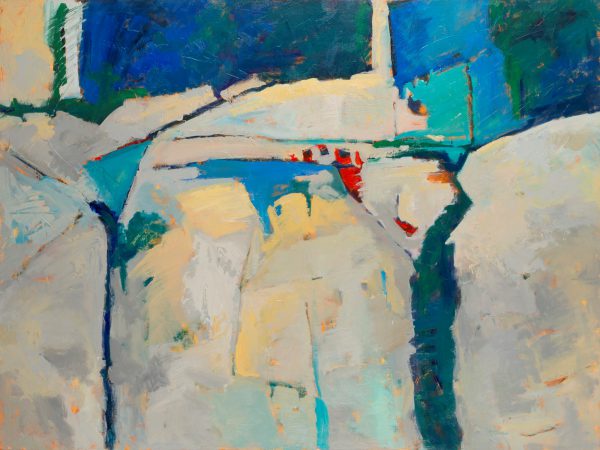
Finding One’s Passion:
In her early 20’s she moved to Longview, Texas and started to involve herself as a volunteer at the Longview Museum of Fine Arts. She also started attending lectures and demonstrations sponsored by the East Texas Fine Arts Association. Cheryl said of this period that she learned a great deal about art and artists, and this interaction inspired her to attend a watercolor class associated with ETFAA. She found watercolor tedious because to do it well required a lot of compositional preplanning, but it also showed her the importance of negative space.
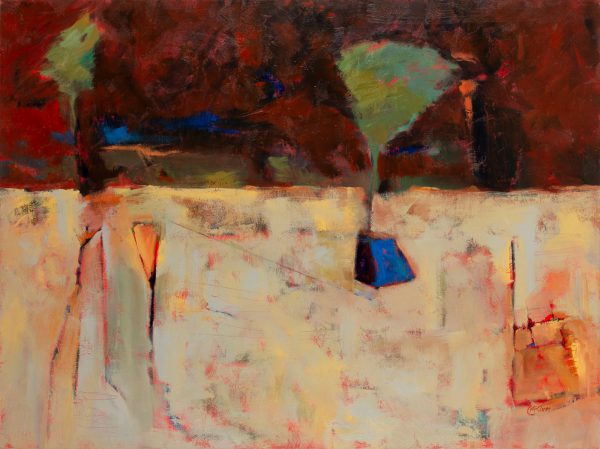
Developing a Studio Practice:
On her own, she explored working in other mediums like charcoal and pastel. The medium she ultimately gravitated to was acrylic. This medium allowed her to quickly layer and texture the paint on a support without having to wait the long periods between applications, that oil paint would often require. This allowed her to be more gestural and spontaneous with her paint application, an approach better suited to her preferred studio practice.

When Cheryl paints with acrylic on canvas, she does so quickly, allowing her feelings to be expressed with determined gestural strokes. After reaching a point of indecision, she will stop and spend time studying where the painting stands and determining what is needed next to advance it towards completion. She then repeats this process until the elements of color, texture, and their relationships harmonize.
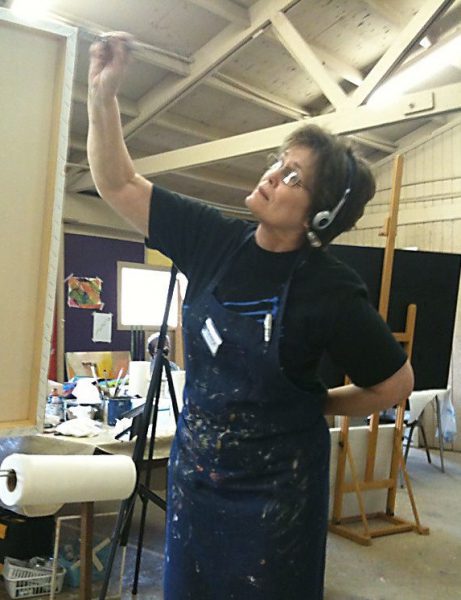
Discovering Encaustic:
In 2005, she discovered Encaustic. Cheryl was excited by how quickly a layer of wax would cool and harden, allowing her to quickly apply another translucent wax layer of color and add texture. Although it was not as freeing as using acrylic pigments, it provided another medium that was sympathetic to her preferred working method. This became another compatible medium for her to use in her quest to find freedom through abstraction.
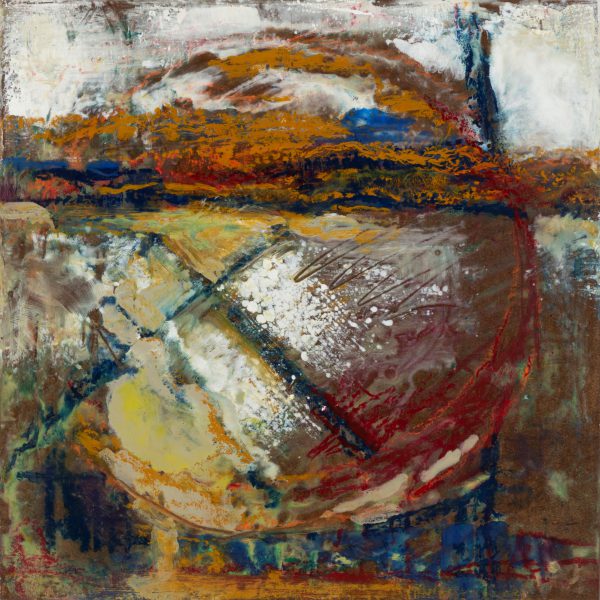
She became well known as an artist and arts patron in Longview, ultimately living there for 41 years. As her reputation grew, she developed long-term relationships with 5 galleries around the country. In addition to an extensive exhibition history, she is asked to teach painting workshops and her work is often used to illustrate books.
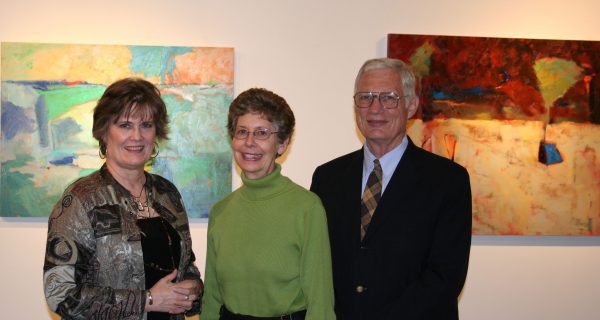
Accomplishments:
I asked Cheryl what things she was most proud of in her artistic career to date. She quickly listed three things:

-
- One of the books that was most influential on her as an artist was, A Fine Artist’s guide to Expanding Your Creativity. She was thrilled when one of her paintings was chosen to be on the cover of its updated edition titled, The New Creative Artist, Revised, Expanded Edition, a Guide to Developing your Creative Spirit.
- The Poet Theodore Worozbyt asked Cheryl to collaborate on a book of his poetry titled Smaller Than Death, published by Knut House Press in 2015. In addition to the book’s cover, 15 of her graphic wax resin paintings were illustrated in color. They were from a series of paintings she did titled Johnson Creek Field Notes, inspired by walking along a creek that runs through her property.
- In 2011, she was a finalist for the Hunting Art Prize, an annual event to award $50,000 to a Texas artist for excellence in drawing and painting.

For the past 12 years, she has lived on a farm located just outside New London, a little town Southeast of Tyler, Texas. Her three room second floor studio has a room set up for painting and a dedicated well-ventilated room set up for her to work in Encaustic when she wants a change. She works most every day either producing or thinking about producing her next adventure into her world of abstraction.
*****
Other Artist Blog Posts:
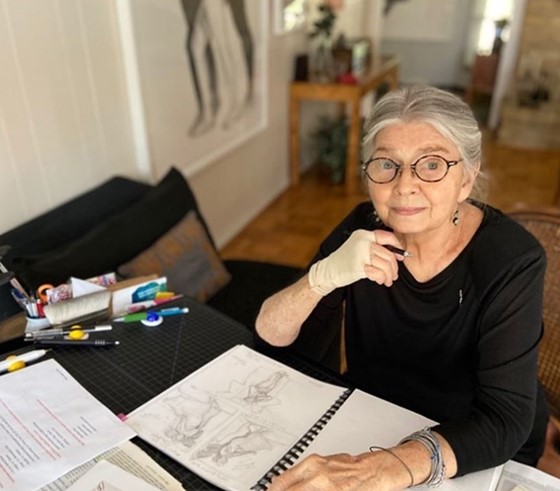 ELLEN SODERQUIST & Drawing the Nude
ELLEN SODERQUIST & Drawing the Nude
 OTIS HUBAND: A Consummate Artist
OTIS HUBAND: A Consummate Artist
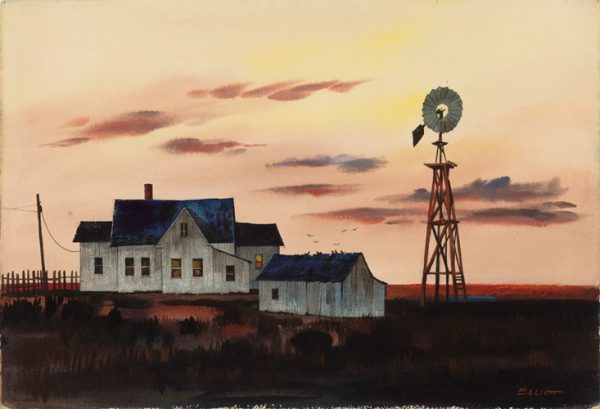 Dallas Painter WILLIAM ELLIOTT (1909-2001)
Dallas Painter WILLIAM ELLIOTT (1909-2001)
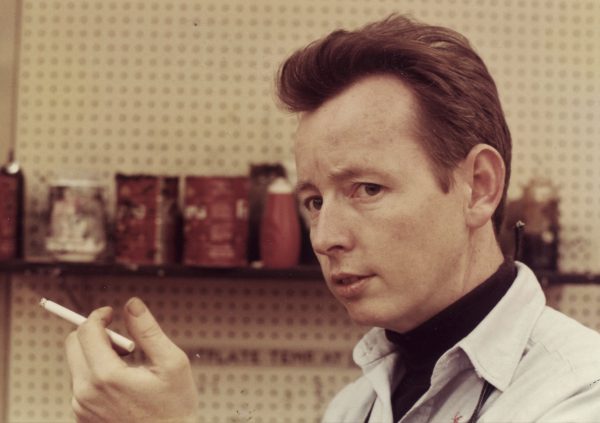 Three Important Early Paintings by VALTON TYLER
Three Important Early Paintings by VALTON TYLER
 YUKIO FUKAZAWA: Master Printmaker
YUKIO FUKAZAWA: Master Printmaker
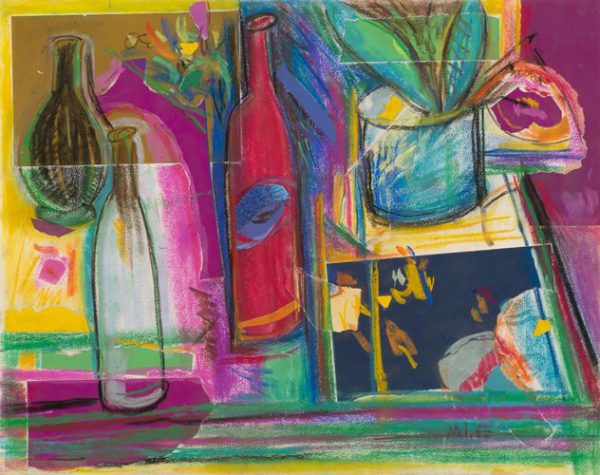 M. J. LEE Estate Gifts to the Amon Carter Museum
M. J. LEE Estate Gifts to the Amon Carter Museum
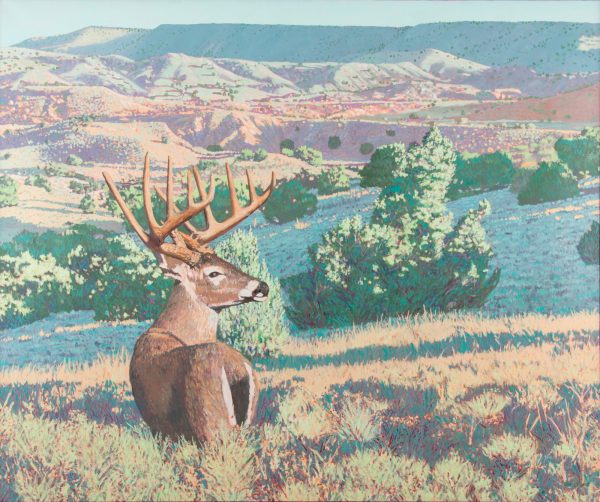 Early Career Paintings by JIM STOKER: The Eternal Naturalist
Early Career Paintings by JIM STOKER: The Eternal Naturalist
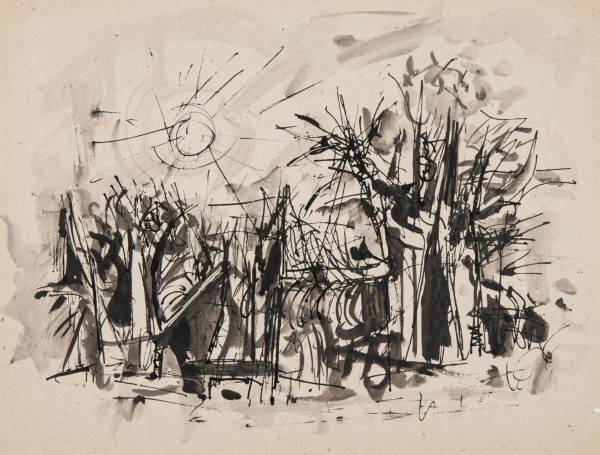 Drawings from the Estate of EVERETT FRANKLIN SPRUCE: Texas’ Most Celebrated Modernist
Drawings from the Estate of EVERETT FRANKLIN SPRUCE: Texas’ Most Celebrated Modernist
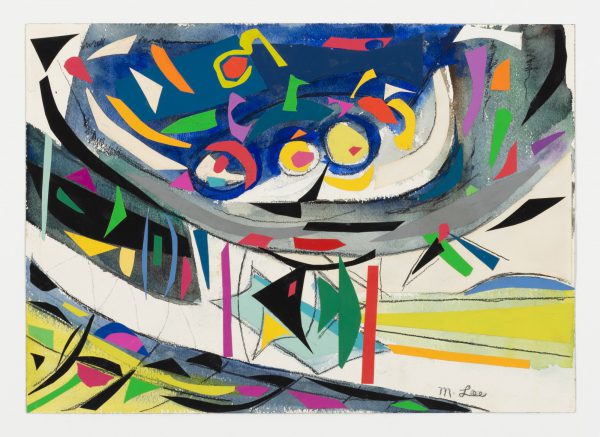 MARJORIE JOHNSON LEE, An American Modernist
MARJORIE JOHNSON LEE, An American Modernist
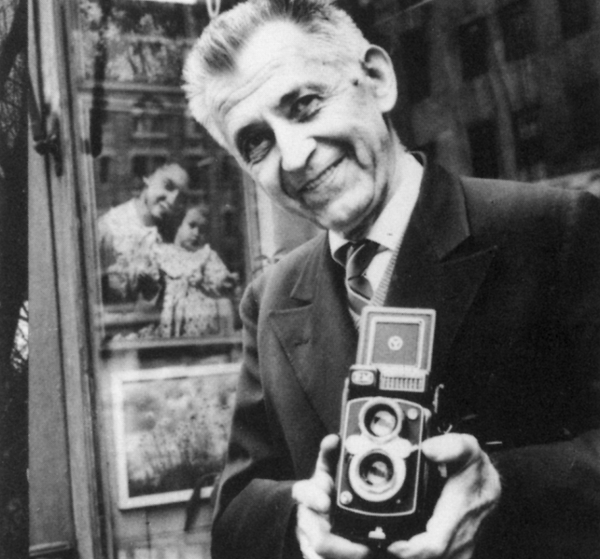 Introduction to the photographs of JOHN ALBOK, Part II: the Photographic Archives Collection
Introduction to the photographs of JOHN ALBOK, Part II: the Photographic Archives Collection
To see all available FAE Collector Blog Posts, jump to the Collector Blog Table of Contents.
To see all available FAE Design Blog Posts, jump to the Design Blog Table of Contents.
Sign up with FAE to receive our newsletter, and never miss a new blog post or update!
Browse fine artworks available to purchase on FAE. Follow us on Facebook, Instagram, or Twitter to stay updated about FAE and new blog posts.
For comments about this blog or suggestions for a future post, contact Kevin at [email protected].
